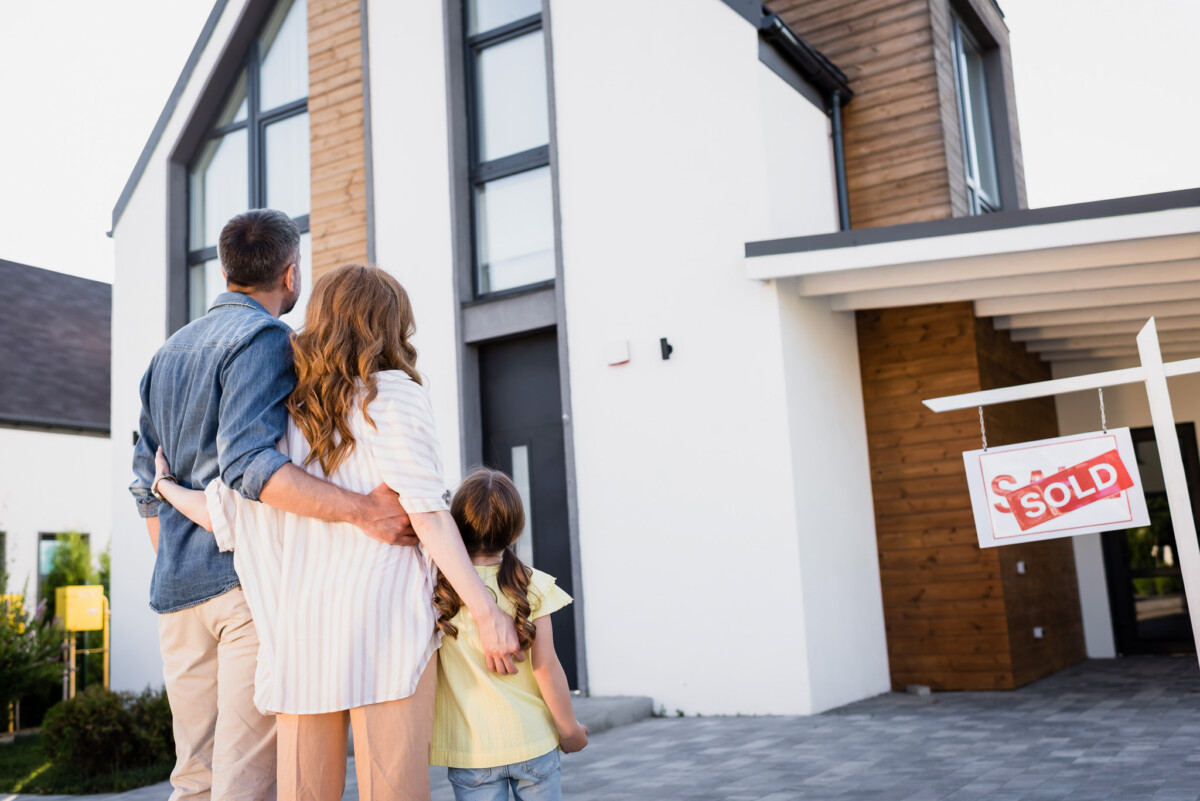Building a house is often considered a monumental financial endeavor. Still, with the right approach, you can significantly reduce costs without sacrificing quality or comfort. Here are ten of the most effective strategies to build a house on a budget:
Opt for a Simple Design
Complex designs and architectural features can add substantial costs to your construction project. To keep expenses low, choose a simple, straightforward design. Rectangular or square floor plans are the most cost-effective because they reduce the need for complex structural elements and expensive materials. Additionally, fewer corners and angles mean less waste and lower labor costs.
Use Affordable Materials
Selecting affordable building materials can lead to significant savings. Consider alternatives to high-end options like granite and marble. For instance, laminate countertops, vinyl flooring, and engineered wood are cost-effective choices that still provide durability and aesthetic appeal. Recycled materials, such as reclaimed wood or repurposed bricks, can also be budget-friendly and environmentally friendly.
Consider Prefabricated or Modular Homes
Prefabricated or modular homes are built off-site and then assembled on your property. These homes are typically less expensive than traditional constructions due to streamlined manufacturing processes and bulk purchasing of materials. They also have shorter construction times, reducing labor costs. Look for reputable manufacturers and compare costs to find the best option for your budget.
Do Some of the Work Yourself
If you have the skills or are willing to learn, taking on some of the work yourself can save substantial money. Tasks such as painting, landscaping, and basic carpentry can often be done without professional help. However, be mindful of your limitations; complex electrical, plumbing, or structural work should be left to licensed professionals to avoid costly mistakes.
Buy Materials in Bulk
Purchasing building materials in bulk can lead to significant savings. Many suppliers offer discounts for larger quantities, so consider buying bulk materials like drywall, insulation, and roofing materials. Additionally, watch for sales and clearance items that can help lower your overall costs.
Use Local Materials
Using locally sourced materials can reduce transportation costs and support local businesses. Local materials often come with lower price tags than imported options, which can add unique character to your home. Research what materials are readily available in your area and explore how they can be incorporated into your design.
Choose an Energy-Efficient Design
An energy-efficient home can lead to long-term savings on utility bills. To minimize energy consumption, incorporate features such as high-quality insulation, energy-efficient windows, and a well-planned ventilation system. Although some of these upgrades may require an initial investment, they can significantly reduce ongoing costs and improve the overall value of your home.
Build Smaller
Building a smaller home is one of the most effective ways to cut costs. A smaller footprint means lower expenses for materials, labor, and maintenance. Focus on designing a space that meets your needs and prioritize functionality over excess. By optimizing your layout, you can create a cozy and efficient living environment without stretching your budget.
Avoid Unnecessary Customizations
Custom features and high-end finishes can quickly escalate the cost of your home. Stick to standard options and avoid unnecessary upgrades that don’t add significant value. For instance, opting for standard cabinetry instead of custom-built units or choosing a standard roof pitch rather than an intricate design can help keep your budget in check.
Negotiate and Get Multiple Quotes
Don’t accept the first quote you receive. Obtain multiple estimates from contractors, suppliers, and service providers to ensure you get the best possible deal. Be upfront about your budget constraints and negotiate where possible. Sometimes, contractors are willing to lower their prices or offer discounts to secure a project, especially if you’re flexible with timing or scope.
Conclusion
Building a house on a budget requires careful planning, creativity, and a willingness to make strategic choices. You can significantly reduce your construction costs by opting for a simple design, using affordable materials, considering prefabricated options, and taking on some DIY tasks. Additionally, buying materials in bulk, using local resources, and prioritizing energy efficiency can further stretch your budget. Building smaller and avoiding unnecessary customizations will also help keep expenses under control. Finally, always negotiate and obtain multiple quotes to ensure you make the most cost-effective decisions.
With these tips, you can turn your dream of homeownership into a reality without breaking the bank. Remember, building a home is not just about the final product but also about making thoughtful choices to achieve the best value for your money.



















